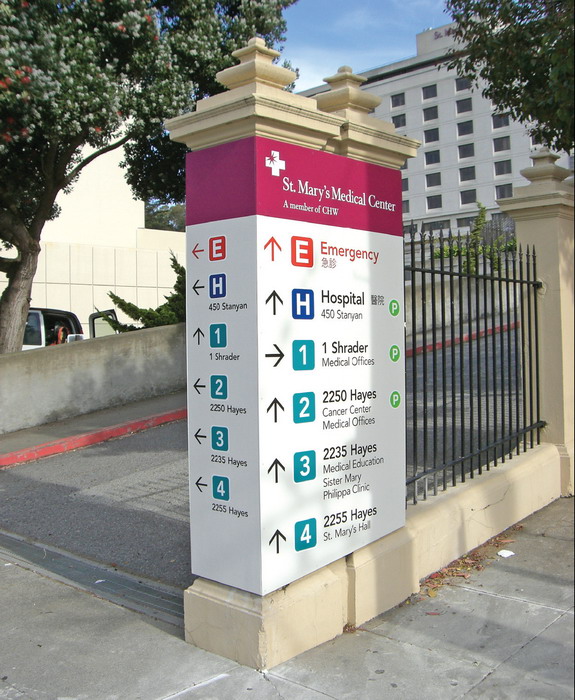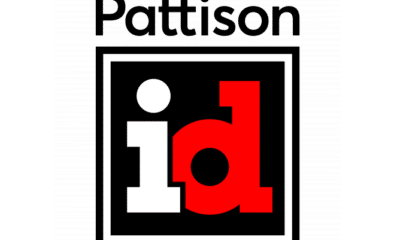Healthcare environments present special challenges for directing people to their destination. Whether through illness, fatigue, emotional anxiety or physical or cognitive impairment, visitors and patients experience heightened stress levels.
Compounding the problem, healthcare facilities are often complex and confusing. They’re generally large, circuitous, cluttered, alien and non-intuitive, all of which make wayfinding difficult.
Users expect or need help. They want proactive directions from staff, and often are too confused to self navigate. Staff must be trained on how to give simple verbal directions to visitors and patients so they can get to their desired destination efficiently and on time.
Poorly conceived wayfinding programs present many problems:
• Lost patients delay or miss appointments, which creates scheduling chaos.
• Patients and visitors experience heightened stress, which further harms their health.
• Staff must waste time helping people find their way.
• And, an organization’s image suffers from frustrated clients.
Current healthcare-wayfinding research proves signs can’t provide the sole solution. Facility managers depend on multiple, integrated wayfinding systems to assure visitors reach their destinations.
Such a system informs and conditions visitors to understand where they need to go, how the destination is identified, and decisionmaking points they’ll face. For example, where is the closest and most convenient parking?
Advertisement
Providing wayfinding information within appointment reminders has proven to be especially effective. Along with facility websites, they provide destination information that aligns with the signage program. Common wayfinding language threads through easily understood signs, patient and visitor communications, staff training and customer-friendly language that shepherds users through the facility. Logical and intuitive architecture and interior design also serve as fundamental tools to help patients, visitors and customers easily find their way.
Hospitals and medical centers share a common pitfall: They disseminate too much information at the wrong locations. They offer directions to virtually all destinations early in the wayfinding process. This only adds to confusion.
The alternative? A concept called “progressive disclosure.” This approach provides only the information needed to progress to the next decisionmaking point. It’s the organizing principle that helps airport users navigate from the parking lot to the terminal, concourse and, ultimately, the gate.
Because healthcare facilities are less linear than airports, this concept has largely been ignored in healthcare wayfinding. Progressive disclosure programs that the GNU Group has incorporated in hospitals and medical centers throughout the country have proven highly effective. Simplified communication allows much greater legibility, logic and comprehension. Users get only the information they need where they need it, making it simple to decide their next move.
At presstime, Philip was overseeing approximately 30 way-finding projects, from 20,000 to more than 2 million sq. ft.



 Paula Fargo2 weeks ago
Paula Fargo2 weeks ago
 Real Deal1 week ago
Real Deal1 week ago
 Photo Gallery2 weeks ago
Photo Gallery2 weeks ago
 Projects1 week ago
Projects1 week ago
 Business Management1 week ago
Business Management1 week ago
 News14 hours ago
News14 hours ago
 News1 week ago
News1 week ago
 Manager's To Do5 days ago
Manager's To Do5 days ago





